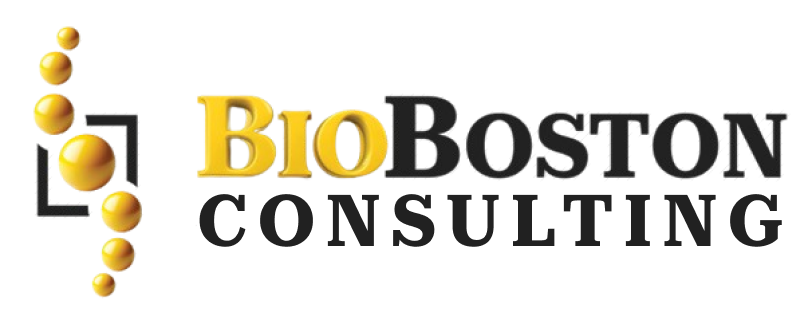Discover the critical acceptance activities in medical device manufacturing, including receiving, in-process, and final device acceptance. Learn how to ensure compliance with FDA regulations and quality standards.
Medical Device Manufacturing: Acceptance Activities
Strict guidelines have been issued by regulatory agencies such as the Food and Drug Administration (FDA) to ensure the safety of patients and reliability of medical devices. Part of these regulatory measures is Title 21 of the Code of Federal Regulations (CFR) which outlines Chapter I, Subchapter H, Part 820; or the Quality System Regulation (QSR). For anybody looking to gain insight into what a compliant medical device looks like, this details the quality control process as mandated by federal law for medical device manufacturers in general.
As the healthcare landscape continues to change, medical devices are essential tools used in diagnosing, treating, and improving the lives of many patients throughout the world. These range from simple diagnostic equipment to complex medical machinery which is used in a wide range of medical applications, from monitoring vital signs to implanting and performing surgical procedures. These medical instruments need to meet the highest standards of quality, safety, and efficacy.
This extends to the section of what is referred as ” Receiving, In-Process, and Finished Device Acceptance” in the Quality System Regulation. This critical element is related to setting up and maintaining quality acceptance processes for different phases of medical device production. Some activities in this regard are known as inspections, tests, or other checks on various processes to confirm that the device works satisfactorily ensuring its safety and efficacy.
Acceptance Activities Received
The first step in this regard is incoming product acceptance. Procedures for acceptance activities shall be established and maintained by the manufacturers. When raw materials or components arrive at the manufacturer for the purpose of producing a device, they must be subjected to inspections, tests, and checks to verify that they conform to specified requirements.
Acceptance activities:Approvals are important in every production process as they serve as the groundwork for your entire manufacturing. If any problems were identified at this stage, they must be rectified early stages so that the final product would avoid any faults nor safety hazards. It also creates an avenue for companies to implement supplier control activities which are done to make sure that the raw materials being supplied by vendors meet the appropriate quality.
The results of their conclusions as to whether it will be received and accepted are required to be documented by the manufacturer during acceptance activities. Documenting activities can keep a track of quality status of materials received and intervene if any anomaly is detected.
TO BE Galaxy — In-flight Acceptance Workshops
Next critical point is in-process acceptance process: Develop and document procedures to verify that the in-process product meets its requirements. These requirements can be quality levels, designs, or performance limits.
In-process acceptance activities ensure that quality is built into the product at different stages of manufacturing. By taking this proactive approach, manufacturers can identify any issues that might arise and work to resolve them with a lesser chance of defects going to final product. Documentation of in-process acceptance activities done right, also ensures the traceability such that manufacturers could trace poor quality products all the way back if needed.
During manufacture, in-process product is controlled for release into production until it compels all inspections, tests, or other verification activities for obtaining the necessary approvals. Manufacturers must document these processes fully to show that they are compliant and following quality guidelines.
Completion of Device Final Acceptance Activities
Final acceptance works heavily dictate the readiness of finished devices into supplier. Each manufacturer shall establish and maintain procedures for finished device acceptance to ensure that each production run, lot, or batch of finished devices meets acceptance criteria.
The final device acceptance tasks are a complete evaluation of manufacturing process and product quality. The tasks in this stage include close examination and evaluation of the final products to confirm they comply with all necessary standards and are safe for patient or end-user consumption.
Here you cannot directly release the finished devices for distribution, besides there are few prerequisites needs to be met as discussed below.
DMR Activities Completion:
DMR stands for Device Master Record, which is an entire document of all required specs, or production method and quality assurance procedures. The activities in the DMR need to be accomplished before you can continue.
Data and Documentation The data and documentation connected to the completed devices pass through an exhaustive review to render conformity along with precision.
Authorized by a Designated Individual(s): The release of finished devices should be authorized with official approval from a designated individual or individuals within the quality control/assurance department.
TIMING & DATE OF AUTHORIZATION – The authorization must be dated accurately (timely dated), so that the date is specified on the approval.
Acceptance Records
Formal Acceptance Requirements: Each manufacturer shall maintain acceptance records which demonstrate that the device is manufactured in accordance with the QS regulation. Acceptance records must include the dates. Today every other medical device utilized must include the following:
Segments of it as recorded in Title II and Chapter 18 portion of FL Statutes that are included:
Acceptance Activities: A breakdown of the activities specific to the Acceptance phase, i.e., during build.
Activities acceptance date: The date when activities were done for the acceptance within one stage.
Outcome: In terms of the results of the acceptance activities, whether PASS or FAIL.
Responsible Person(s) Sign off: Signature of acceptor based on responsible person/person. Accept, Responsible Person Sign off
Hardware_USED: The hardware used during the acceptance activities if any
The Receiving, In-Process, and Finished Device Acceptance procedures are an essential part of the Quality System Regulation related to medical device manufacturing. These activities guarantee that incoming products, in-process items and finished devices conform to set requirements, comply with quality standards, and offer maximum safety for patients. These acceptance activities are documented meticulously to assure the quality of the product and this ultimately leads to advanced health services across the world. We not only need to apply these processes for the sake of our patients, but also to ensure our medical device manufacturers continue to enjoy a good reputation and credibility within the industry.
Conclusion
While this may not be black letter law, as technology advances and new medical devices are created, the Expense of Quality will continue to find its moorings in these acceptance activities ensuring that the medical device approval process makes significant contributions to health care long term.
Contact BioBoston Consulting to find out how we can help your organization.


